When applying for a home loan, proper documentation forms the foundation of your mortgage application. Understanding what lenders require and preparing your paperwork in advance can significantly streamline your application process and improve your chances of securing favourable Home Loan options.
Essential Documents for Your Home Loan Application
Lenders need comprehensive documentation to assess your financial situation and determine your borrowing capacity. The required paperwork typically includes:
Income Verification:
• Payslips from the last 2-3 months
• Employment contracts or letters of employment
• Tax returns for the previous two financial years
• Notice of Assessments from the Australian Taxation Office
• Bank statements showing salary deposits
Financial Records:
• Bank statements for all accounts from the last 3-6 months
• Credit card statements
• Investment property rental agreements
• Superannuation statements
• Details of existing loans and liabilities
Identification and Personal Information:
• Driver's licence or passport
• Medicare card
• Birth certificate or citizenship documents
• Marriage certificate (if applicable)
Understanding Your Financial Position
Your documentation helps lenders calculate your loan to value ratio (LVR) and assess whether lenders mortgage insurance (LMI) will be required. Banks and lenders across Australia use this information to determine:
• Your maximum loan amount
• Available interest rate discounts
• Whether you qualify for variable interest rate or fixed interest rate options
• Your capacity for additional features like an offset account
For buyers in NSW's property market, documentation also needs to account for local considerations such as stamp duty calculations and property transfer requirements.
Documentation for Different Loan Types
First Home Buyers:
Beyond standard documentation, first home buyers may need additional paperwork for government grants and concessions available in NSW. This includes proof of eligibility for first home buyer schemes and evidence of genuine savings.
Investment Properties:
Investors require additional documentation including:
• Rental appraisals or existing lease agreements
• Depreciation schedules for tax purposes
• Evidence of other investment income
Self-Employed Borrowers:
Self-employed applicants face more complex documentation requirements:
• Business Activity Statements (BAS)
• Profit and loss statements
• Business bank statements
• Accountant-prepared financial statements
• Business registration documents
Pre-Approval Documentation
To get pre-approved for your home loan, lenders require most of the same documentation as a full application. Home Loan pre-approval provides certainty about your borrowing capacity and demonstrates to vendors that you're a serious buyer in the current property market.
Pre-approval documentation enables you to:
• Understand your maximum borrowing capacity
• Calculate home loan repayments accurately
• Compare variable home loan rates and fixed interest rate home loan options
• Access home equity if you're upgrading properties
Organising Your Documentation Efficiently
Digital Copies:
Maintain electronic copies of all documents in clearly labelled folders. This approach allows quick submission to multiple lenders when comparing Home Loan Rates and application requirements.
Regular Updates:
Keep your financial documentation current, particularly:
• Bank statements (updated monthly)
• Payslips (most recent available)
• Credit reports (check annually)
Professional Assistance:
Home Finance & Mortgage Brokers can guide you through documentation requirements and help ensure your application meets lender standards. Professional brokers have access to multiple lenders and understand specific documentation preferences across different institutions.
Common Documentation Mistakes to Avoid
Incomplete or incorrect documentation can delay your application or result in rejection:
• Providing outdated bank statements
• Missing signatures on forms
• Incomplete asset and liability declarations
• Insufficient proof of deposit sources
• Unclear or illegible document copies
Calculating Your Position
With proper documentation, you can work with your mortgage broker to accurately calculate:
• Home loan interest rate options available to you
• Required deposit amounts and LMI costs
• Monthly repayment obligations
• Total borrowing capacity across different loan products
Moving Forward with Confidence
Thorough preparation of your loan documentation positions you strongly when buying a home. Whether you're considering variable interest rate products, fixed interest rate home loan options, or specialty products with offset account features, having complete documentation ready accelerates your application process.
Working with experienced mortgage brokers ensures your documentation meets lender requirements and maximises your chances of securing favourable terms. Professional guidance helps identify any gaps in your documentation before submission, reducing delays and improving outcomes.
Call one of our team or book an appointment at a time that works for you to discuss your documentation requirements and explore the Home Loan options available through our extensive lender network.



